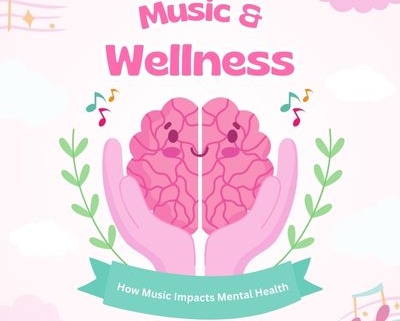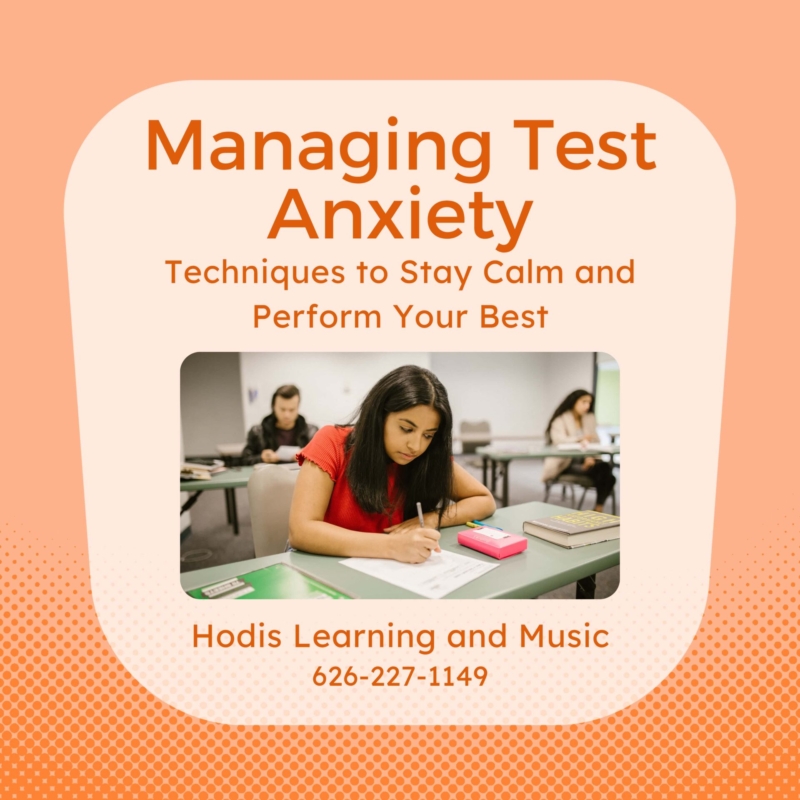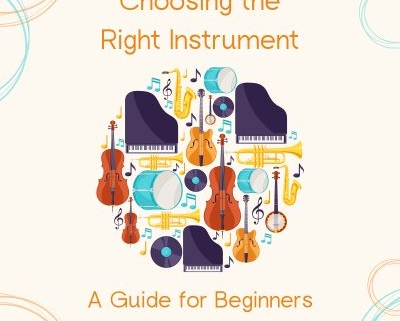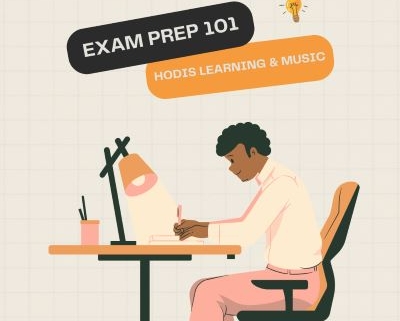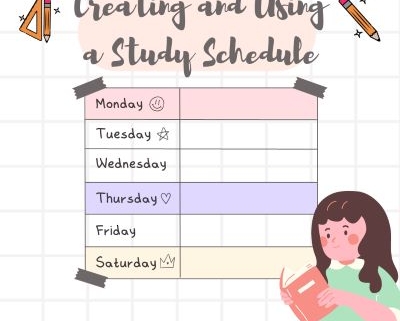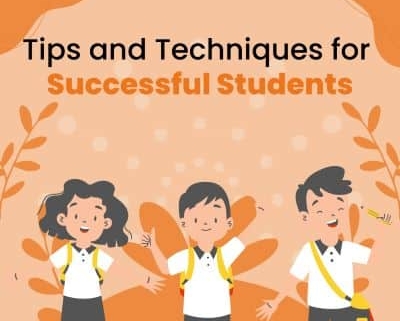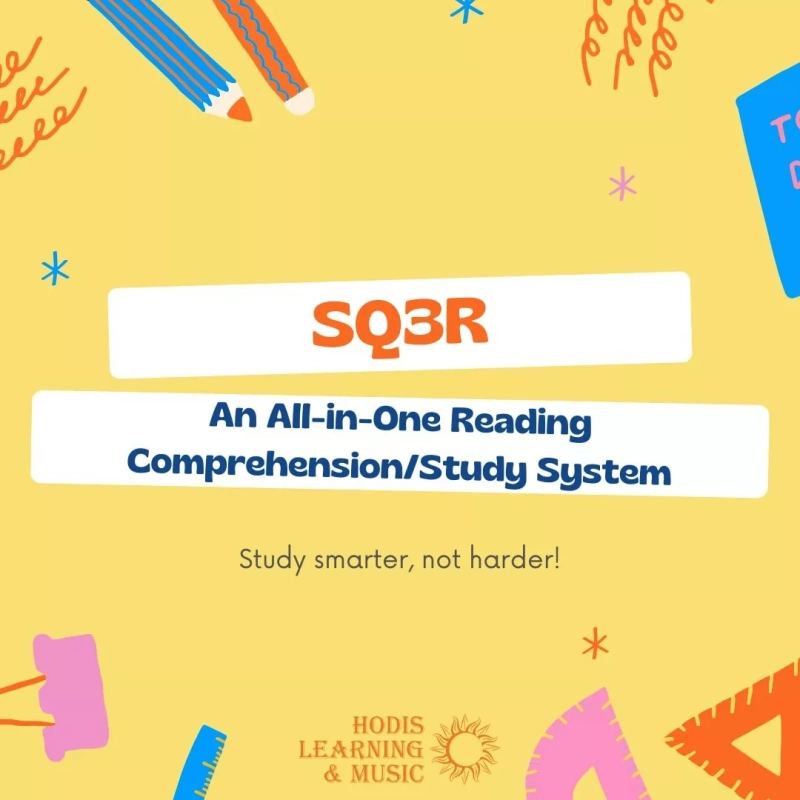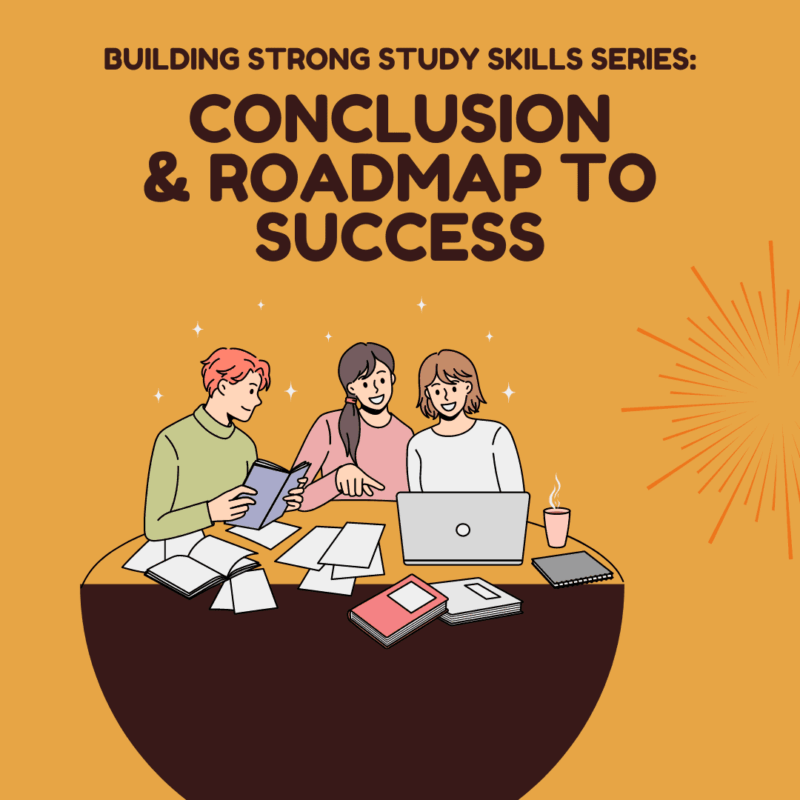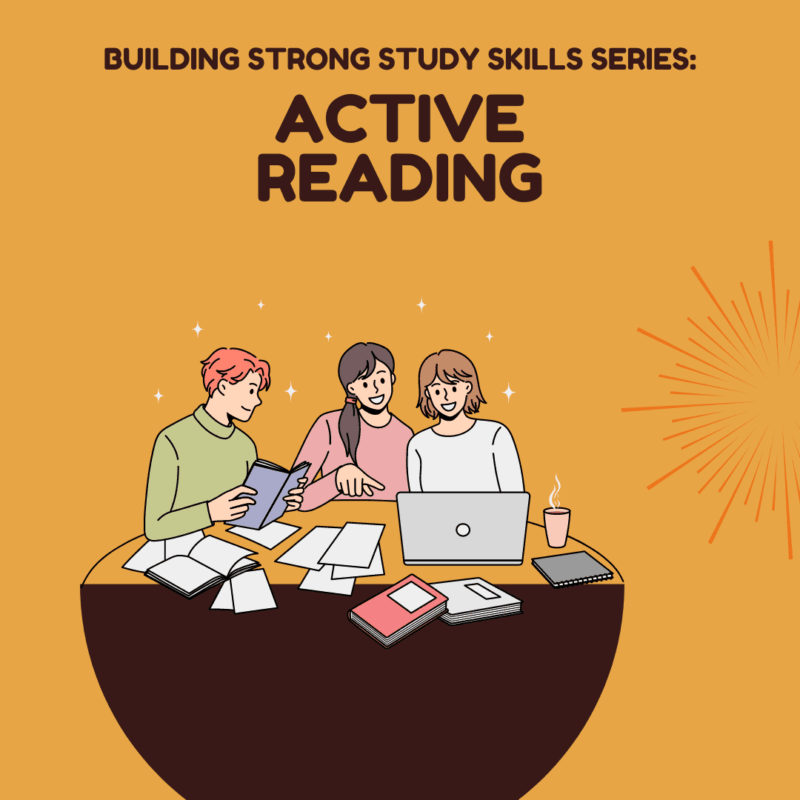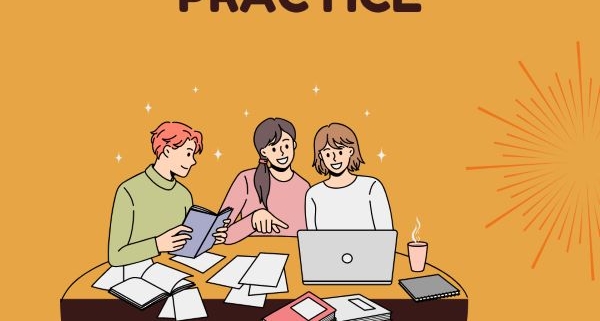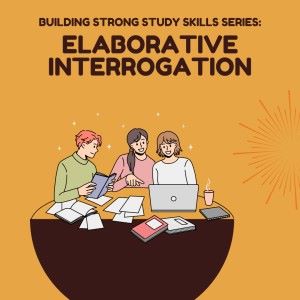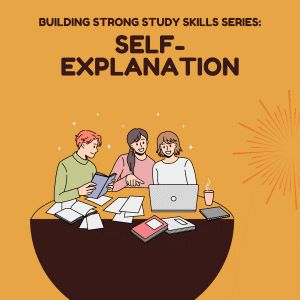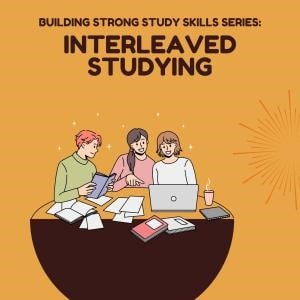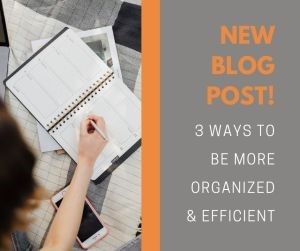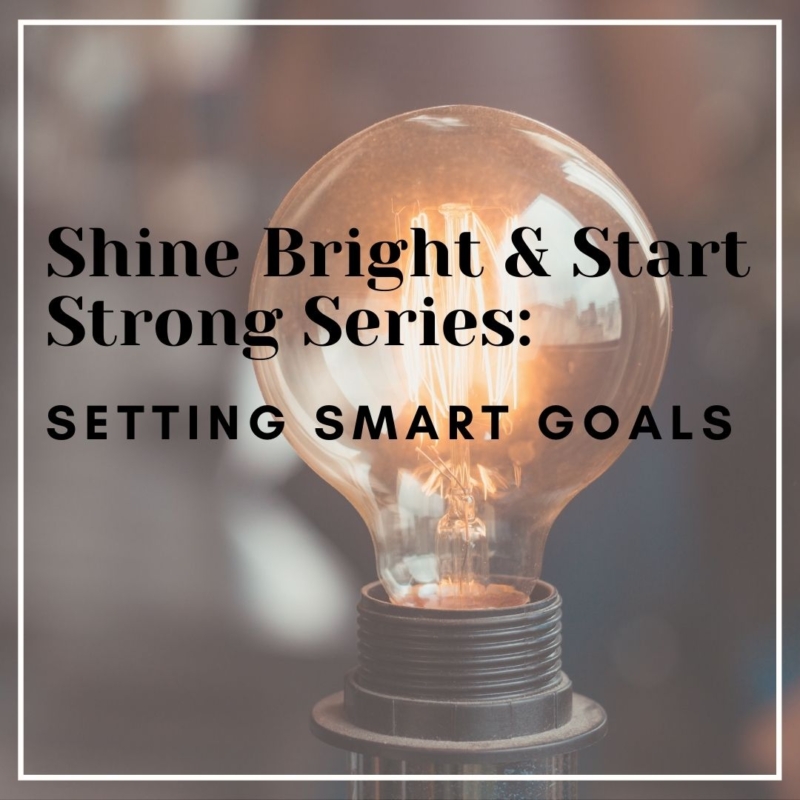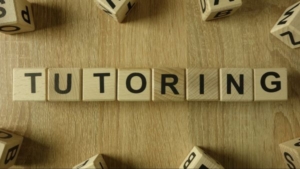Homeschooling families often face the unique challenge of educating children of multiple ages simultaneously. This situation can seem daunting at first glance, with varying educational needs, learning styles, and curricular goals to consider. However, with thoughtful planning and creative strategies, homeschooling multiple ages can not only be manageable but also incredibly rewarding, offering a rich, versatile learning environment for your children. Here’s how to navigate this journey with success.
1. Foster a Collaborative Learning Environment
One of the greatest advantages of homeschooling is the flexibility to create a collaborative learning environment. Encourage older siblings to help younger ones, whether through reading stories, explaining math concepts, or leading a science project. This not only reinforces the older child’s knowledge but also cultivates a sense of responsibility and empathy. Moreover, it strengthens sibling bonds and allows for peer learning, which can be highly effective.
2. Utilize Unit Studies
Unit studies are an excellent way to engage children of different ages on the same topic while allowing each to explore aspects tailored to their academic level. For example, a unit on Ancient Egypt could have younger children creating art projects related to the Nile River, while older students delve into the complexities of Egyptian society or the science of mummification. This approach keeps the family learning together while respecting each child’s developmental stage.
3. Embrace Flexible Scheduling
Rigid schedules rarely work well in a multi-age homeschool setting. Instead, opt for a flexible routine that allows for individual learning, group activities, and personal attention as needed. Younger children may require more frequent breaks and hands-on activities, while older students can benefit from longer, more focused study periods. Adjusting your day to meet these varying needs can help maintain balance and ensure productive learning.
4. Invest in Adaptive Learning Resources
Look for resources that can be adapted for different educational levels. Comprehensive learning platforms, versatile curriculum kits, and open-ended educational materials can provide valuable support for teaching multiple ages. These resources often offer different levels of difficulty, ensuring that you can customize the learning experience for each child.
5. Set Personalized Goals
While group learning has its place, it’s crucial to set individual learning goals for each child. Tailor their educational journey to their strengths, weaknesses, interests, and future aspirations. This personal attention ensures that each child feels valued and motivated to reach their full potential.
6. Incorporate Independent Study Projects
Encouraging older children to undertake independent study projects can foster self-discipline and time management skills, vital competencies for lifelong learning. These projects can also give you one-on-one time with younger children, addressing their specific learning needs without interruption.
7. Lean on the Homeschool Community
You’re not alone in this endeavor. The homeschooling community is a vibrant, supportive network full of families who are navigating similar challenges. Participate in co-op classes, group field trips, and online forums. Sharing experiences, resources, and advice can provide fresh perspectives and alleviate the feeling of isolation.
8. Celebrate Each Child’s Achievements
In a multi-age homeschool, it’s important to celebrate each child’s individual achievements, big or small. Recognizing progress, effort, and creativity fosters a positive learning environment and encourages your children to support one another’s successes.
9. Get Help from Expert Homeschool Educators
Take some of the pressure off by hiring expert homeschool educators to provide tailored lesson instruction for one or all of your children. Our educators have years of experience creating and delivering personalized homeschool curriculums for students of all abilities.
Takeaway
Homeschooling children of multiple ages presents a unique set of challenges, but with the right approach, it can be an enriching experience for the whole family. By fostering collaboration, embracing flexibility, and investing in adaptable resources, you can create a dynamic and inclusive learning environment. Remember, the goal of homeschooling is not just academic success but the development of well-rounded individuals who value learning and respect the uniqueness of each family member’s educational journey.
Learn more about our homeschool education program and course offerings by calling or emailing us today.
